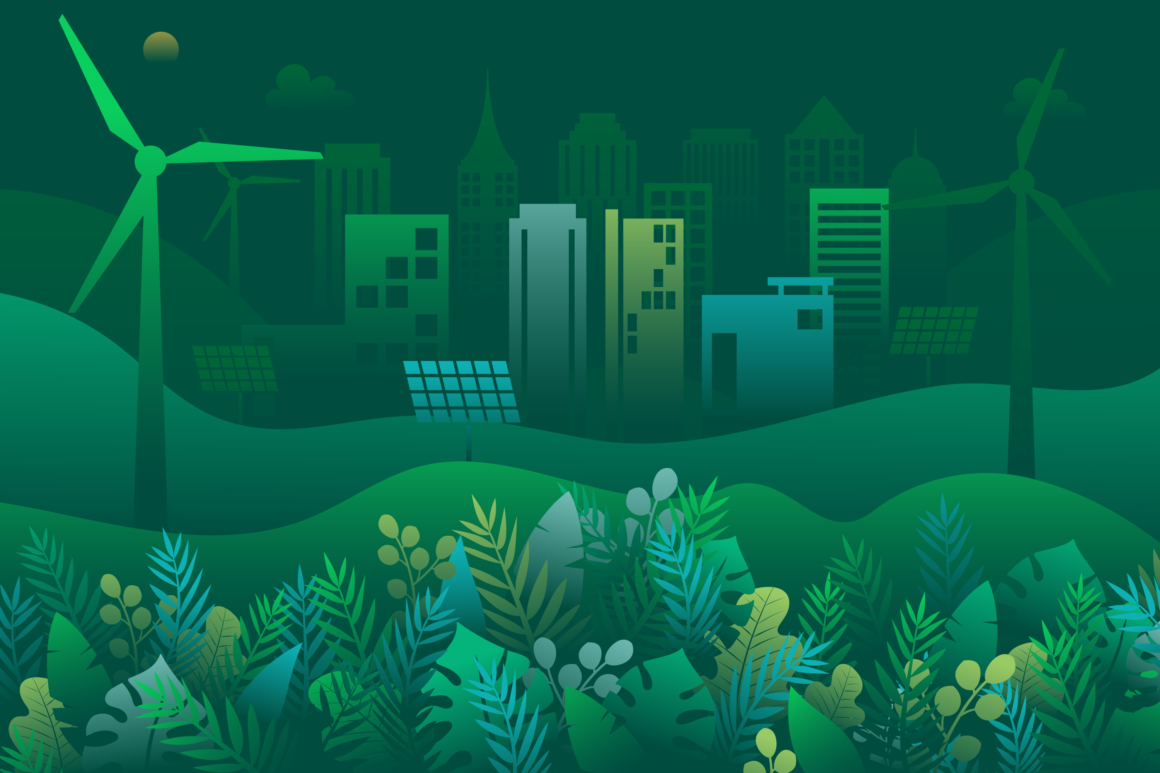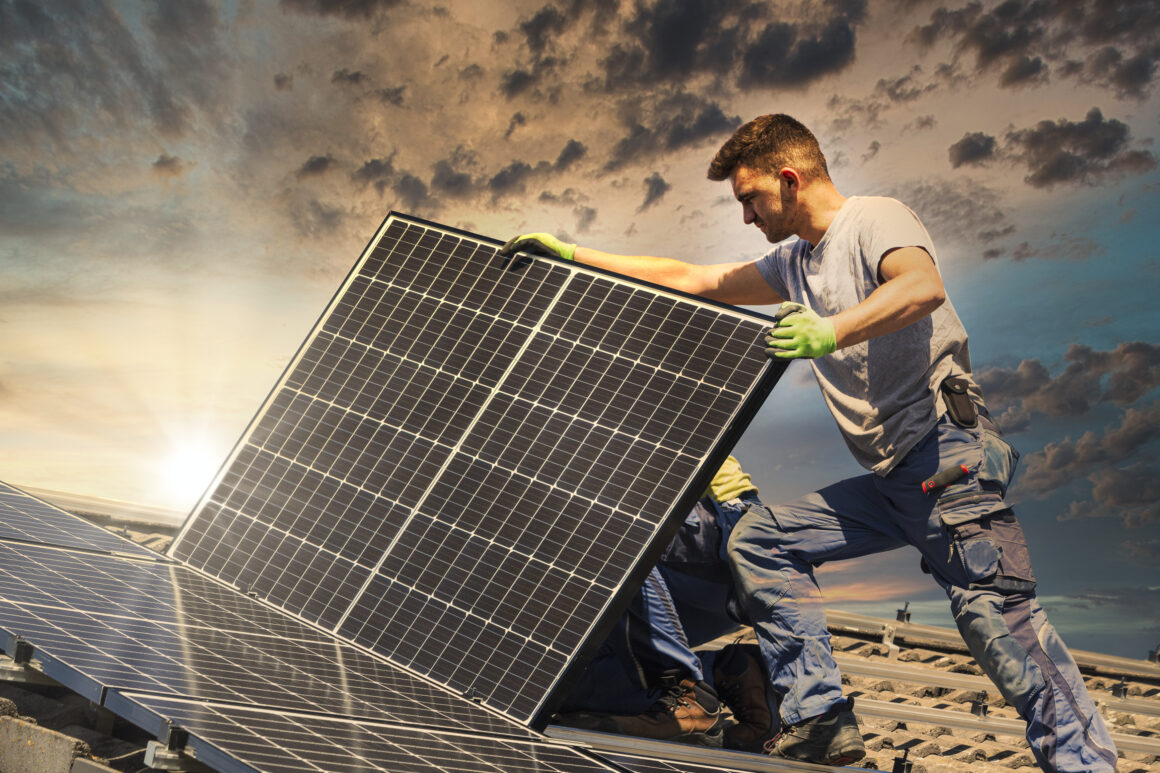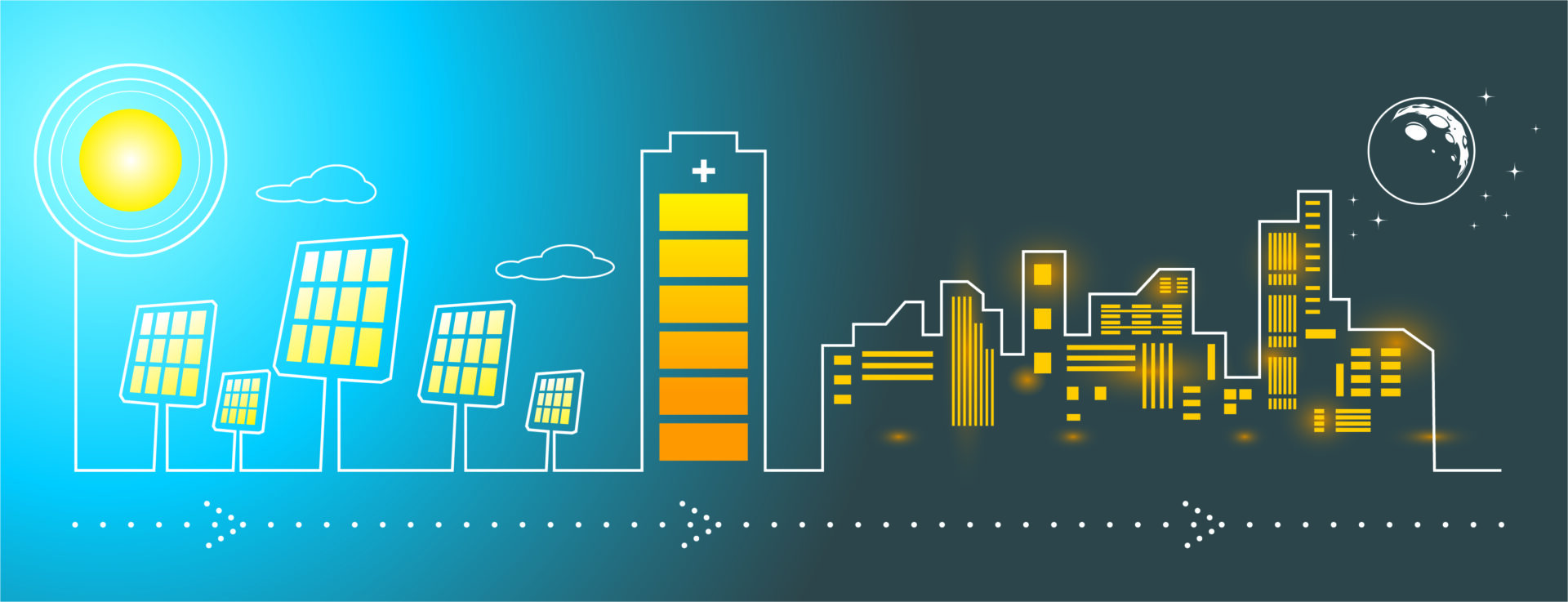The pace of change quickens
Solar power has seen dramatic change over the last several years as solar has gone from a rounding error in the overall energy mix of the nation’s energy supply to a major player with clear potential for further massive expansion.
The U.S.’s total energy mix is now 5.3% solar, up from 3.4% in 2022 and less than 1% just a few years ago. In addition, some state governments have been showing the potential for wider adoption of solar, with California leading the pack. The state draws an impressive 27.5% of its power from the sun. Other states are not far behind, particularly Nevada and Massachusetts.
The direction and speed of change are undeniable. In fact, solar power accounted for over half of all new utility power generation in 2023. I refuse to say “the future of solar is bright” because that’s hokey, but well… it’s kind of true.
Solar costs reach a tipping point
First and foremost, the technology of renewable energy continues to improve, and part of that improvement means lower costs. In addition to the evolution of the technology itself, the economies of scale made possible by wider adoption bring down the costs even further.
According to Bloomberg, in most countries today it is cheaper to build a new solar or wind farm than a new fossil fuel power plant. Bloomberg also estimates that by 2025 building new renewable energy power sources will be less expensive than even just maintaining old fossil fuel plants. What’s more, “solar is on track to become the cheapest form of power ever.”
It’s truly a watershed moment, especially for those who are less concerned about the environmental impacts of power production than the economics of it.
Societal attitudes
One of the most significant and impactful trends is just society’s level of familiarity with solar technology. As more governments at the city, state, and national levels incentivize the installation of solar power cells, the sight of buildings – both residential and commercial – covered in black panels becomes more familiar.
Though utility-level solar arrays are more out of sight, greater ubiquity will make them just part of the furniture that we think little about. The more normal it seems to people, the more reasonable it will seem to invest in it.

The political future of solar power
Much of what the future holds for solar power depends upon the actions of our political leaders. With U.S. leadership at the federal level swinging so wildly between the poles of environmental advocacy, in the past it’s often been left to state and local governments to decide how solar power is governed and incentivized. As noted, it is clear that government incentives work.
In 2022 the federal government stepped up to its responsibility it a way that it hasn’t very often in the past, with the passing of the Inflation Reduction Act (IRA). Despite being a somewhat watered-down version of what would have been in the Build Back Better Act, the IRA is one of the most significant pieces of climate and renewable energy legislation ever passed.
The IRA allocates a whopping $369 billion for energy security and climate change, with renewable energy (and solar specifically) fitting within both of those categories. It extends investment tax credits for renewables and related technology and includes bonus tax credits for projects that are manufactured domestically. Further tax credits encourage the locating of projects in disadvantaged areas and “energy communities,” which are areas that have relied upon the type of employment in fossil fuels that will be lost in the green energy transition.
All together, solar and climate-related projects are potentially eligible for tax credits of up to 70%.
Home battery storage
An important trend within the residential market is the use of home batteries to store some of the power produced by a home’s solar panels. A home battery allows consumers to hold onto some of the power they’re producing for a rainy day, both figuratively and literally.
In places like California where the threat of rolling blackouts is real, batteries give people the ability to take control of their power usage.
And with many markets now seeing spikes in energy prices at peak times during the day, batteries allow consumers to significantly reduce their power bills by strategically choosing when they draw from the power company.
Utility battery storage
Battery storage at the utility level is also becoming a key piece of the implementation of widespread solar power production. If renewable energy is going to be the cornerstone of the electrical grid, we have to account for the times when renewable energy production is low, i.e. when the sun isn’t shining and the wind isn’t blowing.
Utility-level battery storage is still somewhat in its infancy. The four-hour lithium-ion batteries that are the norm now are enough to store the energy from the peak production times (mid-afternoon) until the periods of peak demand (late afternoon and evening). That makes a significant contribution to the use of renewable energy, but for the grid to be run entirely on renewable energy, longer duration batteries will be necessary. At some point, we will need to be able to store power for use through the night and even over periods of days when renewable energy production is low.
In addition to the creation of more lithium-ion facilities, other innovative technologies (such as flow batteries) are being developed to fill this crucial gap.
Community solar
Not every residential utility customer has the ability to add solar to their roof. Community solar allows people to pool resources and use a portion of a nearby solar farm. Consumers are able to offset some of their power usage and receive credits toward their power bill.
Currently, 41 states and the District of Columbia have community solar programs representing just less than 5 gigawatts. That capacity is expected to nearly double within the next five years.

Agrivoltaics
Agrivoltaics refers to systems in which land is used for both solar power generation and agriculture at the same time. Often this means scattering solar panels among crops or even on stilts above crops.
The model is still mostly in the study phase of development, with some arguing that it isn’t an efficient use of agricultural land. Others argue that some crops and/or livestock are not strongly impacted by having some extra shade.
The World Economic Forum says agrivoltaics may be an especially attractive solution for some parts of the developing world, particularly Africa. Kenya has been taking the lead, mounting some panels above crops. In this context, the added shade is actually a benefit as it reduces loss of water and provides protection from extreme heat.
Solar roads
Perhaps the most sci-fi of the ideas I’ll present here, solar roads aren’t just theoretical. Pilot programs are being tested here in the U.S. and some are already being built in China. The idea is to convert the eye-sore pavement that covers so much of our land into something even more practical: a network of power production. (The key, of course, is creating solar panels that can withstand the wear and tear that roads experience.)
And it should go nicely with your solar-powered car, which is also coming to a garage near you.
Accelerating into the future
Due to the changes in efficiency and cost, we are currently living through the tipping point in which solar power is truly competing at the same level as other sources of energy. It’s important to remember, though, that the transition will take time. We’re speaking about decades here, not years.
Regardless, there is much cause for optimism for the future of the solar industry.





